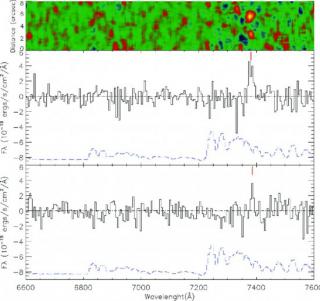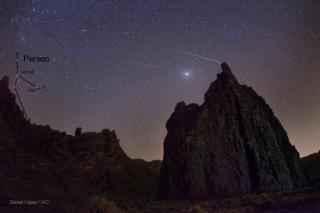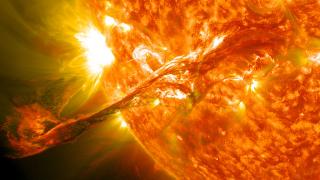
Miquel Serra-Ricart, researcher at the Insituto de Astrofísica de Canarias (IAC), will coordinate the expedition which will observe the phenomenon of the Aurora Borealis from the south of Greenland and Iceland from August 23rd to 28th
Advertised on




